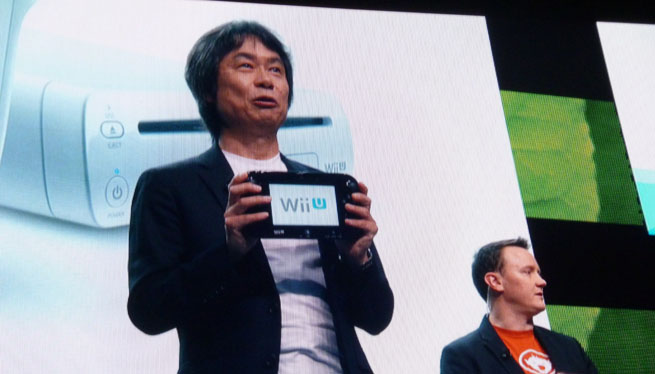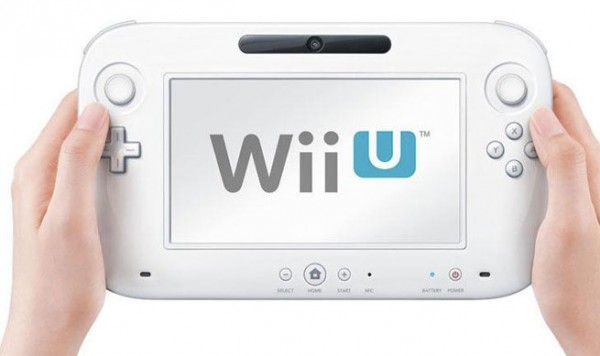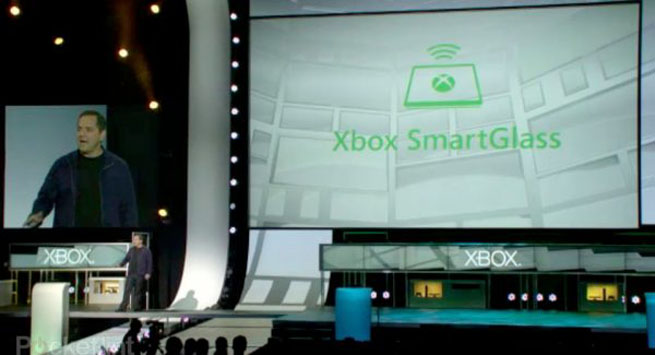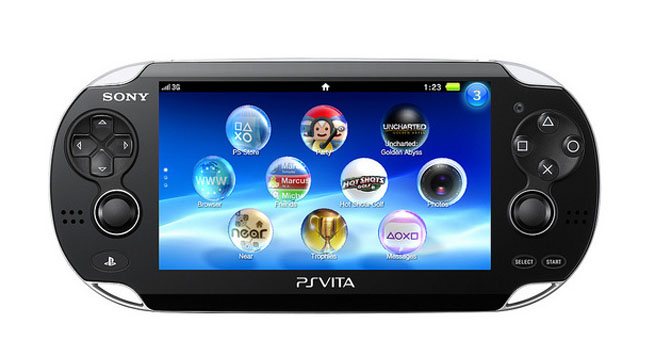Blame Apple. The success of high-quality, economically priced options on their App Store proved gamers might willingly take their gaming to a nontraditional platform…at least temporarily. A tablet and a smartphone suddenly, unexpectedly, entered the game-console wars. That got some wondering if $60 games with budgets north of $100 million could survive as a business model against an onslaught of 99-cent mega-hits made for $140,000 by four people…such as Angry Birds, reportedly one of the most profitable games in human history.
And now we’ve seen how the big three video game publishers — Nintendo, Microsoft, and Sony — decided to respond. Imitation, flattery, and prayer all play their parts.
Each company co-opted the tablet platform in a way that says a lot about them and their corporate philosophy. None, as yet, seems willing to give up on their established price-points, concentrating instead on value-added propositions. All want to convince you that playing a game on one screen won’t cut it anymore. But the actual value added by these tactics depends a lot on what gamers want and expect from their games.
Nintendo’s GamePad
What is it? A new tablet-like controller for Nintendo’s incoming Wii U console, featuring all the buttons, triggers, and analog sticks a hardcore gamer could possibly want in such a device…plus a reactive touchscreen in the middle.
Advantages: The GamePad lets Nintendo evolve the narrative it started with the Wii…namely that it’s not just a matter of what games you play but how you play them. Shooter X might release on every console, but Nintendo wants you to believe the definitive edition only happens on the Wii U due to the unique gameplay options a second, interactive screen offers. It’s also a nice touch that you can play Wii U games on the GamePad without needing a television. But the not-so-secret weapon boils down to asymmetric gameplay, where up to four people run through a game while a fifth on the GamePad plays the same game from a vastly different perspective, possibly with very different goals.
Downside: Reactive touchscreens carry a risk; they work well with a stylus (included with the GamePad) but not as well with fingers. Our time handling GamePads at various events seems to support this, though few games so far rely heavily on touch controls. Nevertheless, those “definitive” experiences feel pretty ill-defined. Batman: Arkham City’s GamePad-specific tricks feel obligatory in the same way most third-party games’ motion controls do on the Wii. Only Ubisoft’s first-person shooter ZombiU, specifically and exclusively designed for the Wii U, feels natural. Though as a game, it might have other issues.
We also recently learned that Nintendo balked at adding a second screen, and for good reason. The extra hardware will likely bump the Wii U into the same, higher price bracket as other gaming consoles (Nintendo’s consoles traditionally sell at $250). So either Nintendo loses its lower-than-the-rest price point, or it takes a loss on every console sold…something it generally doesn’t do.
Microsoft’s Xbox SmartGlass
What is it? An app that gives you an enhanced experience with your games. You might use it to call up info on enemies or landmarks you see while playing a game or to contact friends online.
Advantages: Easy integration. Just like Windows, SmartGlass works with the mobile devices you already own — laptop, tablet, smartphone — and you can bet it’ll come preloaded on every Windows 8 smartphone when it becomes available. We’ve already seen Xbox Live running on a tablet in real time, avatar and all. SmartGlass will give your games a presence on your mobile platforms as well…in spirit, at least. Overall, it’s a staggeringly easy way to throw together a second-screen solution, all while making sure Microsoft doesn’t get into the high-risk hardware-manufacturing business.
Downside: Microsoft doesn’t get the high rewards, either. Completists, superfans, and lore hounds might take an interest in what SmartGlass offers, but its offerings feel disposable to anyone else. By comparison, the planned app supporting Ubisoft’s upcoming, open-world adventure game Watch Dogs helps you interact with the game world in real time and even lets you mess with your friends’ games, whatever console they’re playing on. Nothing announced for SmartGlass sounds remotely as ambitious. And unless Microsoft charges for the app or throws in a number of annoying ads, it’s tough to see how it could make money off of SmartGlass. It’s even tougher to imagine anyone paying for it.
Sony’s PlayStation Vita
What is it? Oh, it’s just a handheld gaming device Sony released last winter. It’s really quite good, but the Vita hasn’t found its footing in the marketplace.
Advantages: The innovation company invented something. The software people made a program. Sony does hardware. Its Vita handheld gaming device already mimics a full console experience fairly well, but with the addition of Cross-Play, the line blurs even more. A Vita user can now join a multiplayer match with people on a PlayStation 3. Cross-Play is only confirmed for the multiplayer brawler PlayStation All-Stars Battle Royale so far (think Super Smash Bros., but with Sony characters instead of Mario and other Nintendo icons), but with first-person shooter Call of Duty coming to Vita, the possibilities stack up fast. You can go gunning with your friends in your console games while away from home. That’s major. And the also-new Cross-Controller functions turn the Vita into a GamePad. Surprise, Nintendo.
Judging by the IR port on the original PlayStation Portable, Sony’s wanted to do all this for a long, long time. Technology (and the cloud) finally caught up. If Cross-Play takes off, it will boost the Vita’s fortunes, too…not a bad side effect.
Downside: The Vita retails for $250. Attractive bundles aside, you can get a perfectly good iPhone or Xbox 360 console for less. It’s also likely that Sony wants you to double-dip those game purchases…one All-Stars for your PS3, and one for your Vita. That’s a whole lot of money they expect you to spend. Particularly since, with only All-Stars confirmed for Cross-Play and only DIY platformer Little Big Planet 2 downloadable content (which you have to purchase in addition to the base game) named for Cross-Controller play, Sony’s given us more speculation than reasons to buy in.
So nobody’s perfect…but a lot depends on the developers, the games they create, and how much they apply to that second screen. If real thought and imagination goes into the application of that second screen, great things can result even working within each format’s limitations. A throwaway approach will result in throwaway feature. Nobody wants that. It really all depends on whether developers treat that second screen like an advantage or an obligation.
VentureBeat's mission is to be a digital town square for technical decision-makers to gain knowledge about transformative enterprise technology and transact. Learn More




